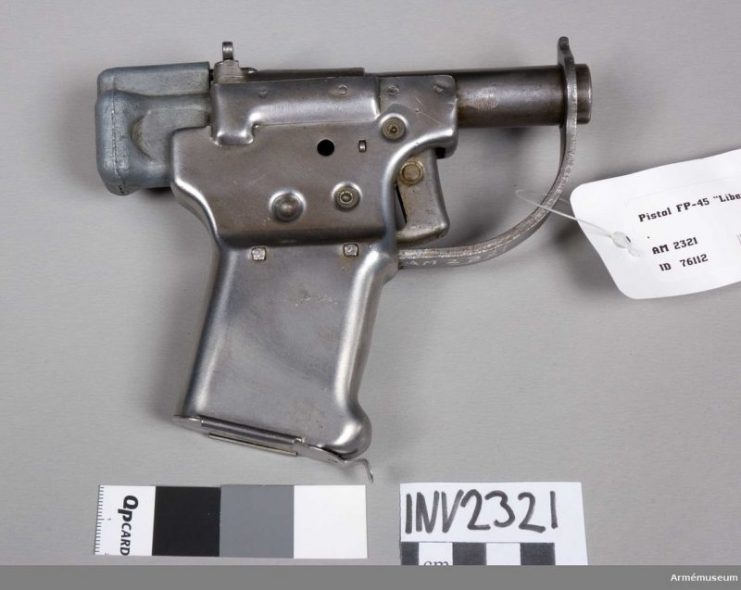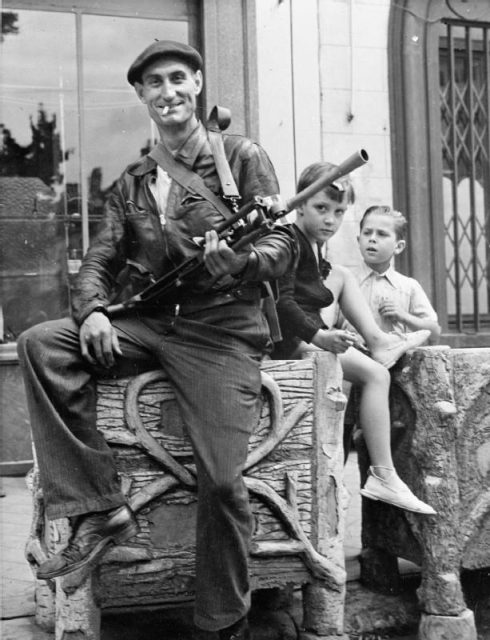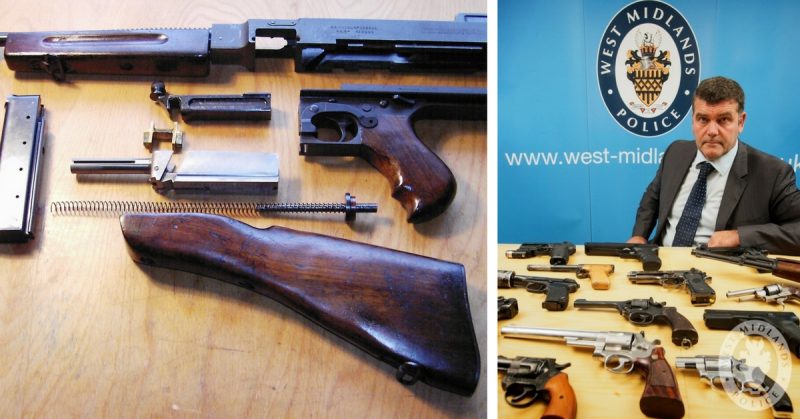The Police in Britain held an amnesty so its citizens could turn in their guns without being subject to any legal prosecution for having them. During the program, the police received a rare FP45 Liberator pistol; the type used by the French Resistance in WWII.
The single-shot pistol was placed in an amnesty box left by Kent Police so people could anonymously surrender any illegally held weapons.
There were one million FP45 Liberators produced in the US for use by Resistance fighters in occupied Europe during the war.
The guns were not very effective and were designed to be manufactured quickly and cheaply. They were never intended for use on the front line and, after the war, most were dumped at sea or melted for scrap. Few remain, which makes them collectible.
The pistols were airdropped behind enemy lines for resistance fighters to use to kill or render helpless enemy soldiers and then take their weapons.
The manufacture of the gun was so secretive that the drawings had code names for the various parts. The barrel was labeled “tube,” the trigger was the “yoke,” the firing pin was called the “control rod,” and the trigger guard was listed as a “spanner.”

During the amnesty, police officers received submachine guns, rifles from WWII and a Tommy gun. Submitted to the Metropolitan Police were a Bren light machine gun and a Browning M2 machine gun. Thousands of rounds of ammunition were also handed in.
The Bren was one of the most iconic British guns in WWII and was the backbone of the British infantry. It was removed from service in the mid-1980s and replaced with the L86 Light Support Weapon.
Most of the weapons turned in will be melted down. Some of the more interesting items will be donated to museums. The Liberator pistol was handed into Folkestone Police Station. Due to its historical significance, it will be sent to the Royal Armouries Museum in York.
According to Det Ch Supt Rob Fordham, that particular type of weapon is often an heirloom, kept after the war and then forgotten.
The police encouraged everyone to turn in any weapons they no longer wanted or thought they might possess illegally. There was no legal consequence for turning in a firearm during the amnesty, the purpose being to keep the weapons from falling into the wrong hands and potentially saving lives in the process.

The amnesty was in response to a 27% increase in crimes involving firearms in England and Wales, in the year ending June 2017. Air guns, rifles, BB guns, shotguns, and pistols were all among the weapons the police were asking people to turn in.
The Metropolitan Police and local police stations used an assortment of campaigns to get the word out about the amnesty. A YouTube video was released explaining the consequences of carrying a firearm illegally. The hashtag #GiveUpYourGun was used in social media.
In Britain, the illegal possession of a firearm can lead to a five-year prison term. If a person is convicted of possessing a gun with the intention to supply, then they are looking at a potential life sentence.
In 1997, the UK banned all handguns in England and Wales. Even so, handguns remain the most popular weapon used in criminal offenses (not counting air guns). Crimes involving handguns were up 25% for the year ending June 2017.
An amnesty program is not considered good public policy in the US or Australia. In 1998, the US Department of Justice recognized that buyback and amnesty programs do not work. The DOJ also researched Australia’s 1996 amnesty program and concluded there was little evidence that it led to a decrease in crime and that the guns received were unlikely ever to be used in a criminal offense.
